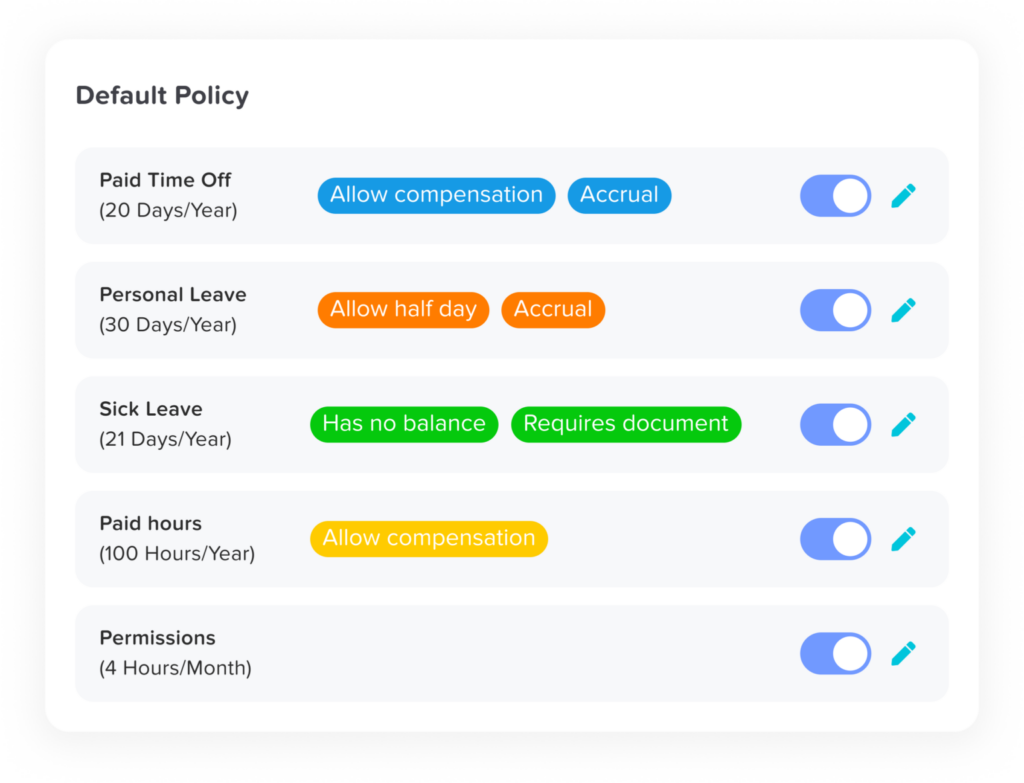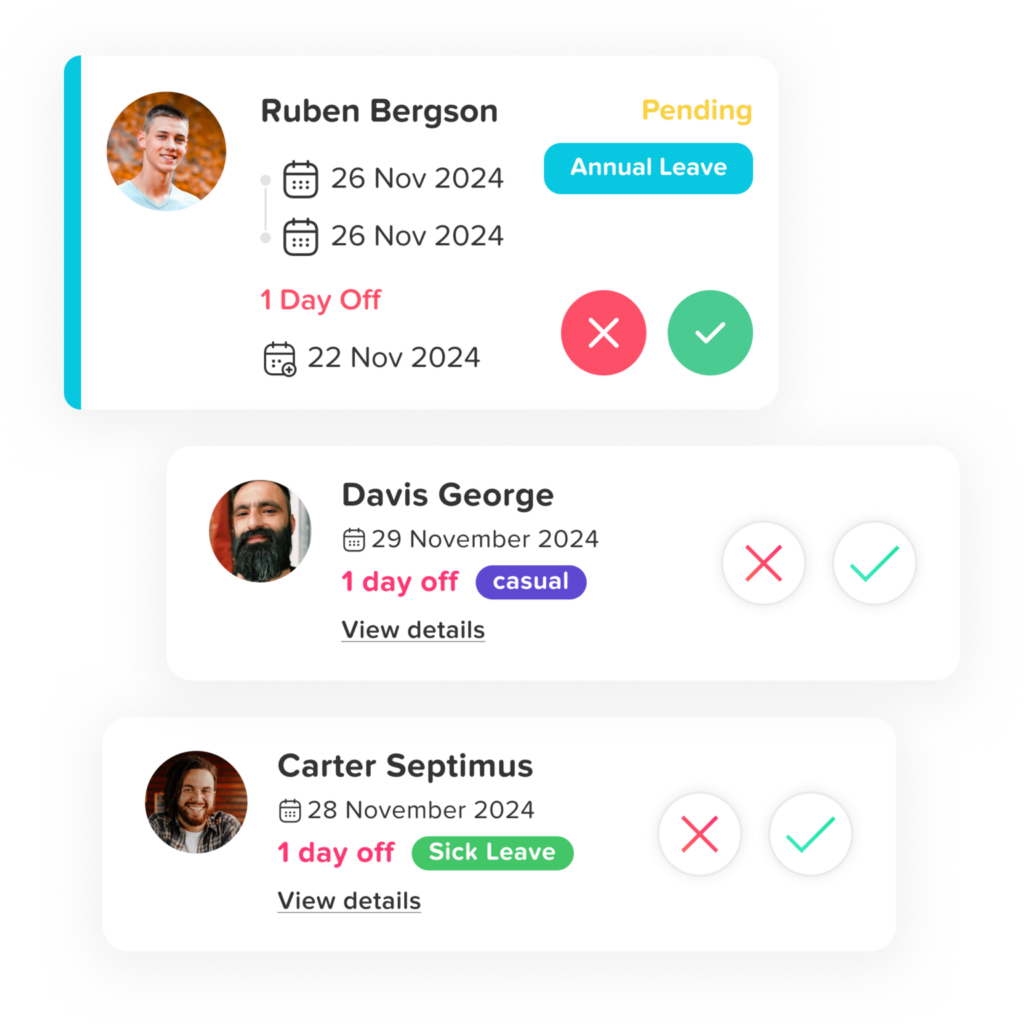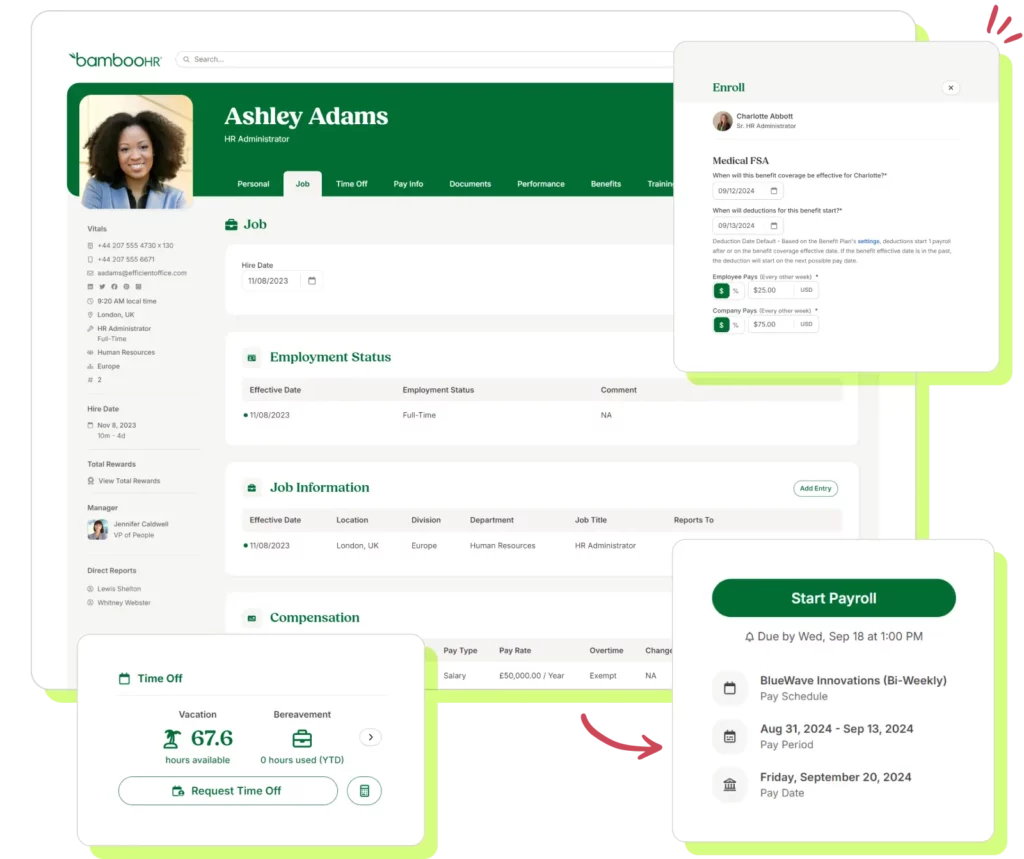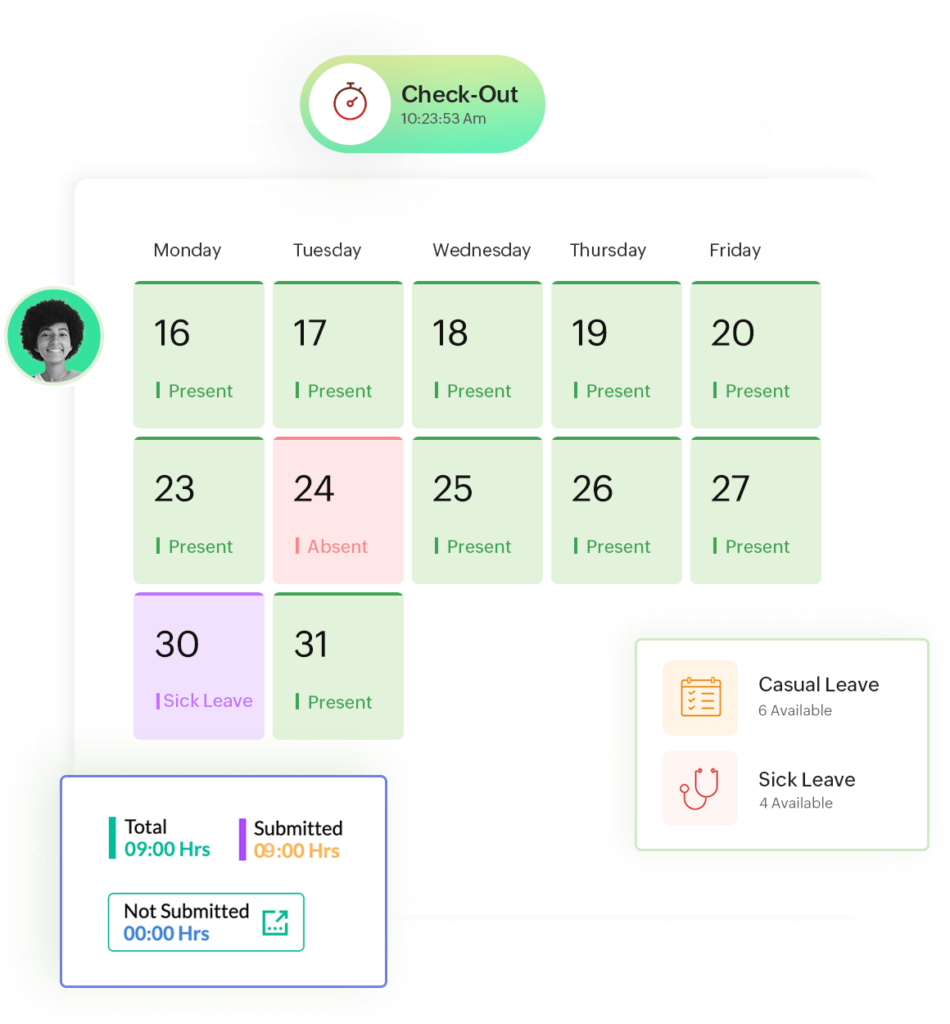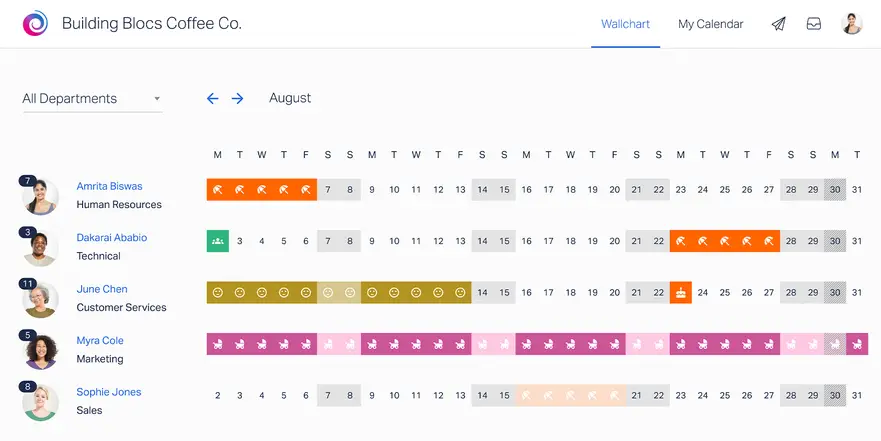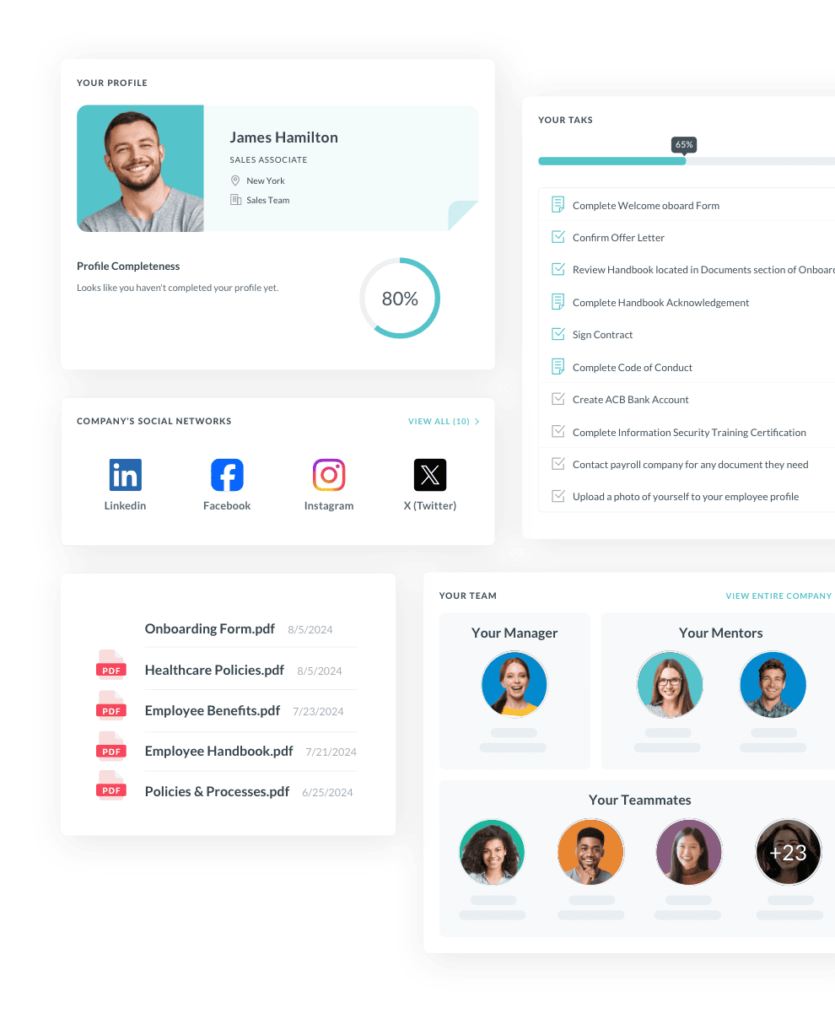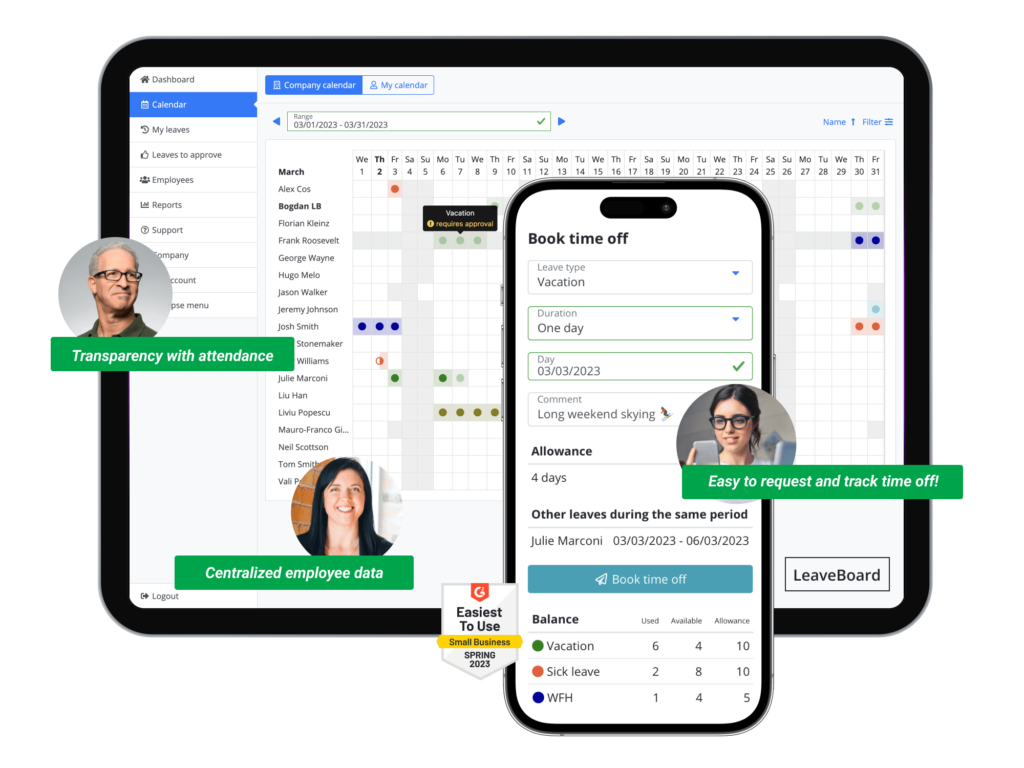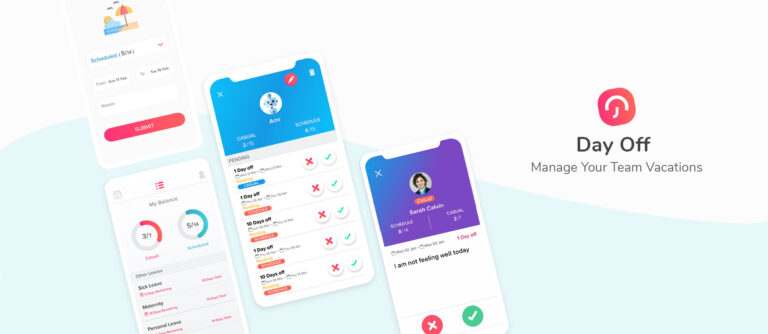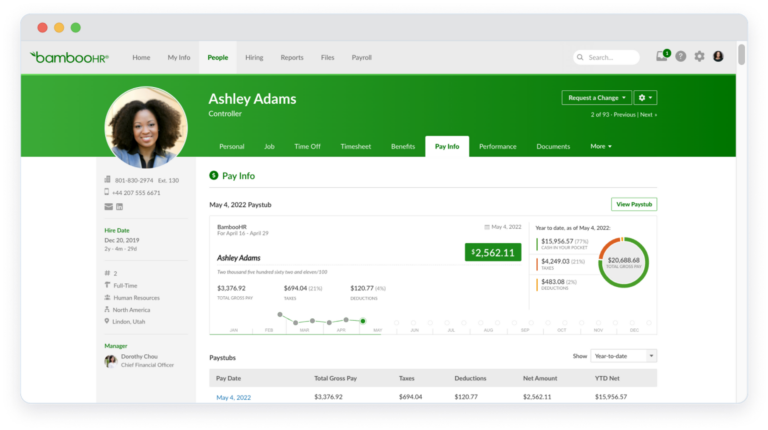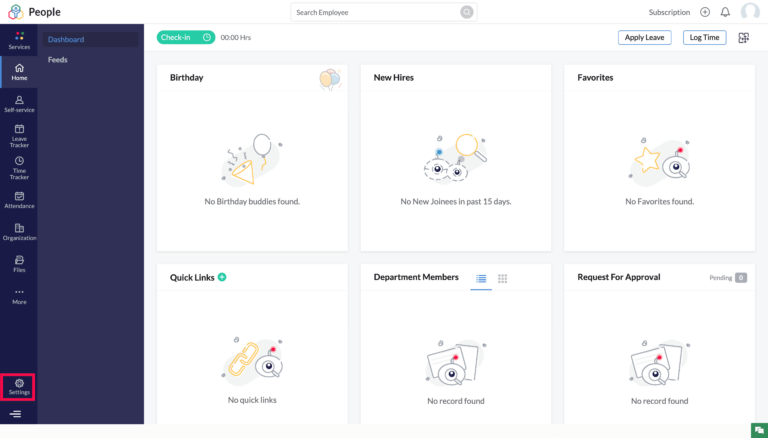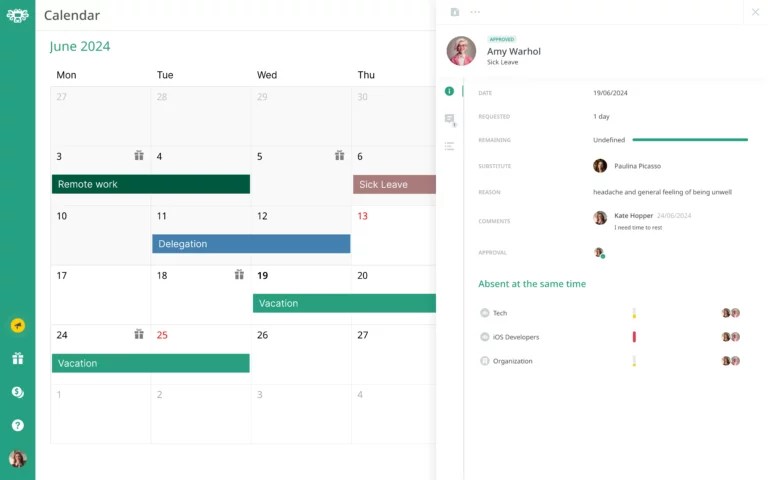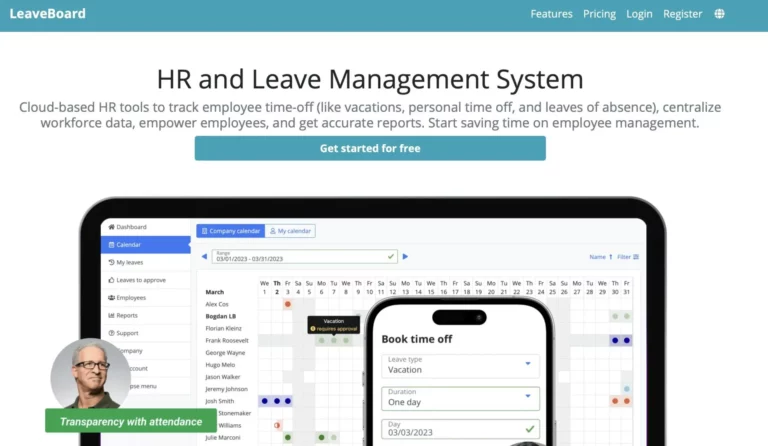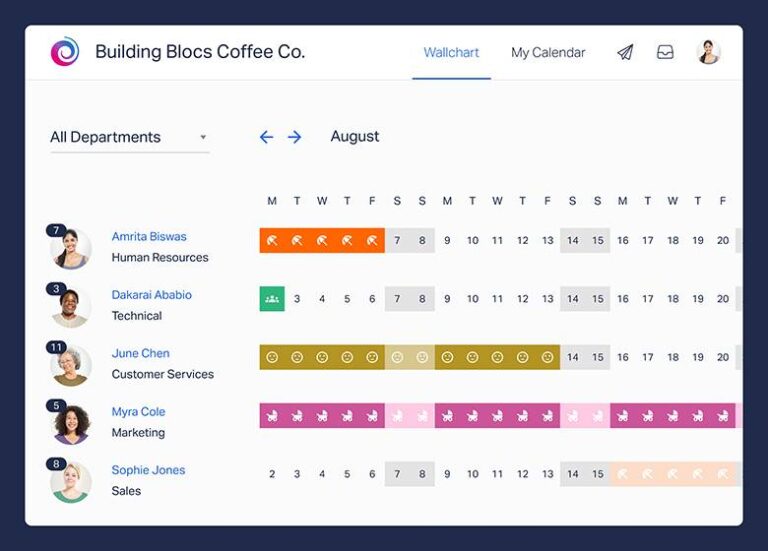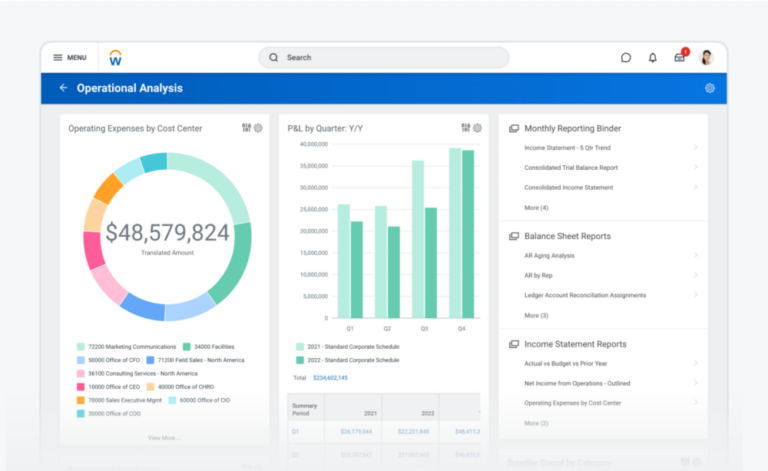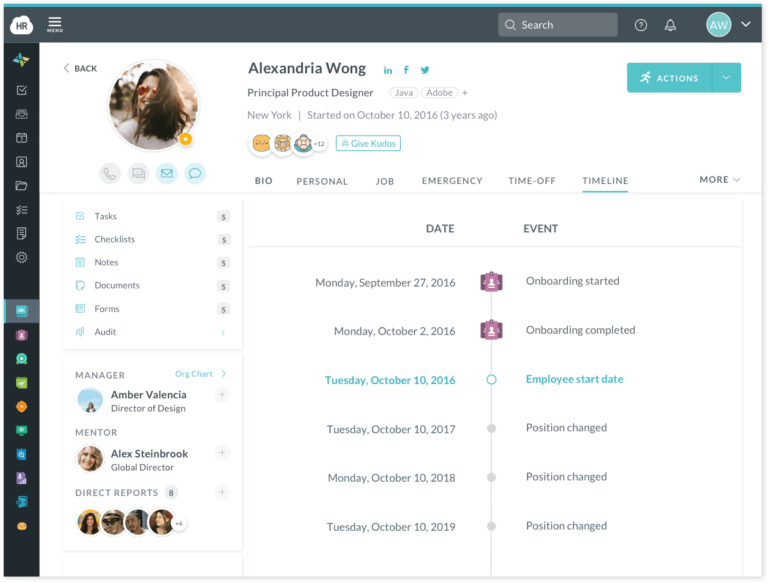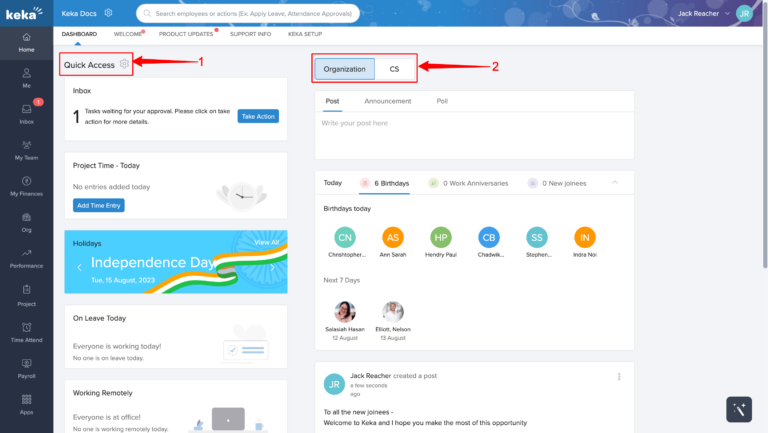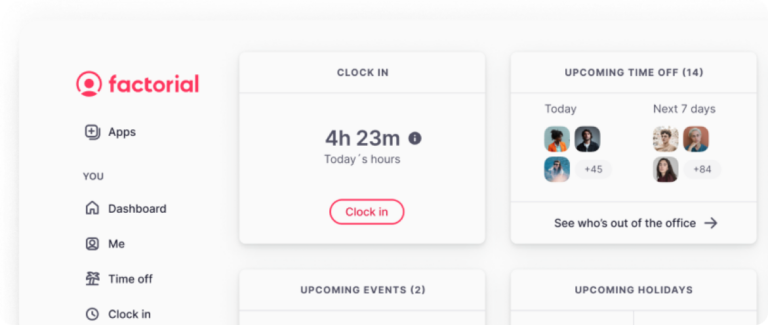Managing employee holidays and leave schedules is a critical component of payroll administration. Errors in this area can lead to payroll discrepancies, financial losses, and strained employee relations. Holiday tracking software has emerged as a robust solution to streamline this process and significantly reduce payroll errors. This article delves into how holiday tracking software achieves this and why it’s an essential tool for modern businesses.
The Complexity of Manual Holiday Tracking
Manual holiday tracking often involves spreadsheets, manual data entry, and back-and-forth communication between HR, managers, and employees. This process is prone to errors such as:
Double-Booking Leave: Without a centralized system, managers may inadvertently approve overlapping leaves.
Incorrect Accrual Calculations: Miscalculating leave accruals can lead to underpayment or overpayment.
Missed Policy Adherence: Ensuring compliance with company policies and labor laws is challenging without automation.
Data Loss: Paper-based or non-integrated systems risk losing critical data due to human error or technical failures.
These errors not only disrupt operations but can also lead to financial penalties, decreased employee morale, and tarnished employer reputation. Businesses must recognize the importance of addressing these challenges effectively.
How Holiday Tracking Software Works
Holiday tracking software automates the end-to-end leave management process. From leave requests and approvals to automated compliance checks and detailed reporting, these tools centralize data and automate calculations. Here’s how they work:
Centralized Leave Calendar: A shared calendar provides visibility into who is on leave, preventing scheduling conflicts. Notifications and alerts can also be set up to remind managers about pending approvals.
Automated Accrual Calculations: The software automatically calculates leave accruals based on predefined rules such as tenure, employment type, and local labor laws, ensuring real-time accuracy.
Self-Service Portals: Employees and managers can independently access and manage leave requests, balances, and approvals through intuitive dashboards, reducing the administrative burden.
Mobile Accessibility: Mobile-friendly interfaces allow employees to request or approve leave from anywhere, improving efficiency and ensuring real-time updates.
Compliance Monitoring: Built-in tools track adherence to company policies and local labor laws, alerting administrators of any violations or risks.
Customizable Notifications: Automated notifications for leave approvals, rejections, or pending requests ensure timely communication among all stakeholders.
Detailed Analytics and Reporting: The software generates comprehensive reports on leave trends, usage patterns, and potential impacts on productivity, aiding strategic planning.
Multi-Language and Multi-Currency Support: For multinational organizations, these features ensure compliance and usability across regions.
Audit Trails: Detailed logs of leave requests, approvals, and modifications provide transparency and support during compliance audits or disputes.
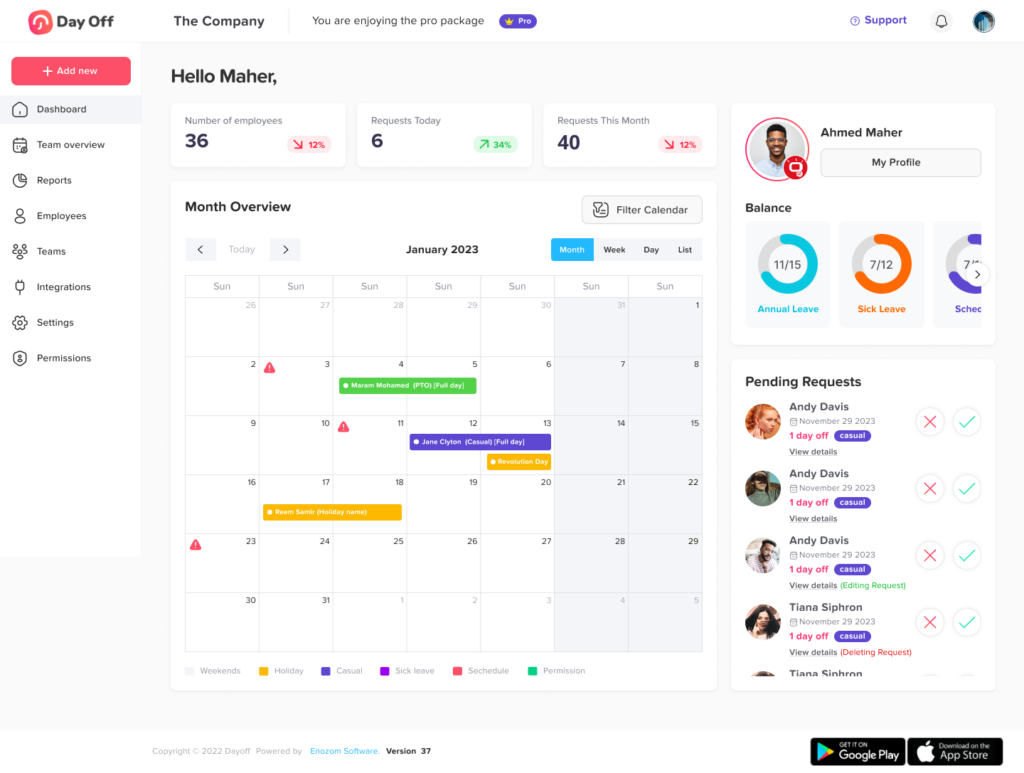
Key Ways Holiday Tracking Software Reduces Payroll Errors
Accurate Leave Accrual and Balances Holiday tracking software eliminates manual calculations by automatically applying accrual rules based on factors such as employment type, tenure, and local labor laws. This precision prevents discrepancies in paid time off (PTO) balances and payouts. For example, hourly employees might accrue leave differently than salaried employees, and the software accounts for these nuances.
Improved Transparency Employees can access their leave balances and request statuses through self-service portals. This transparency reduces payroll disputes and fosters trust between employees and employers. Employees can also track their leave history, ensuring they are informed about their entitlements and usage.
Compliance with Labor Laws The software ensures that leave policies comply with local labor regulations. For example, it can prevent employers from violating minimum leave entitlements or mishandling holiday pay, which could otherwise result in legal penalties. Additionally, the system can provide audit trails to demonstrate compliance during inspections.
Reduced Administrative Burden Automated workflows minimize the need for HR to manually approve leave requests or reconcile leave data with payroll. This frees up time for HR teams to focus on strategic initiatives and reduces the likelihood of errors caused by manual intervention. Some systems also offer automated reminders for managers to approve pending leave requests.
Error-Free Overtime and Holiday Pay Calculations Holiday tracking software accounts for overtime and holiday pay rules, ensuring accurate compensation for employees who work on public holidays or beyond their regular hours. This precision is particularly critical in industries with complex pay structures, such as healthcare or retail.
Case Studies: Real-World Benefits
Case Study 1: A Retail Company
A retail company with a workforce of 500 employees implemented holiday tracking software. Within six months, the company reported a 35% reduction in payroll errors and a 50% decrease in payroll disputes. Employees appreciated the transparency of the system, while HR teams saved hours previously spent on manual reconciliations. Additionally, the company noted a significant improvement in employee morale, as disputes over leave balances diminished.
Case Study 2: A Global Tech Firm
A multinational tech company faced challenges in managing leave policies across different countries. After adopting holiday tracking software, the company ensured compliance with local labor laws and achieved uniformity in leave management. Payroll errors dropped by 40%, and employee satisfaction scores increased significantly. The software’s ability to handle diverse policies and languages was instrumental in its success.
Choosing the Right Holiday Tracking Software
To maximize the benefits of holiday tracking software, businesses should consider the following factors:
Scalability: Choose a solution that can grow with your organization. A system designed for small businesses may not meet the needs of an enterprise-level company.
User-Friendly Interface: Both employees and managers should find the software intuitive. Look for features like drag-and-drop leave scheduling or color-coded calendars.
Customization: The ability to tailor leave policies and rules to fit your organization’s needs. For example, you might need specific settings for part-time workers or employees in different regions.
Compliance Features: Ensure the software adheres to local labor laws and regulations. This is particularly important for multinational companies.
Mobile Access: Look for mobile-friendly platforms that allow employees to manage leave requests on the go. Push notifications for approvals or changes can enhance the user experience.
Support and Training: Choose a vendor that offers robust customer support and training resources to ensure smooth implementation.
Conclusion
Holiday tracking software is more than just a convenience it’s a necessity for organizations seeking to reduce payroll errors, enhance compliance, and improve employee satisfaction. By automating complex calculations, ensuring transparency, and integrating seamlessly with payroll systems, these tools transform leave management from a manual headache into a streamlined process. Investing in the right holiday tracking software is a step toward operational efficiency and a happier workforce.



